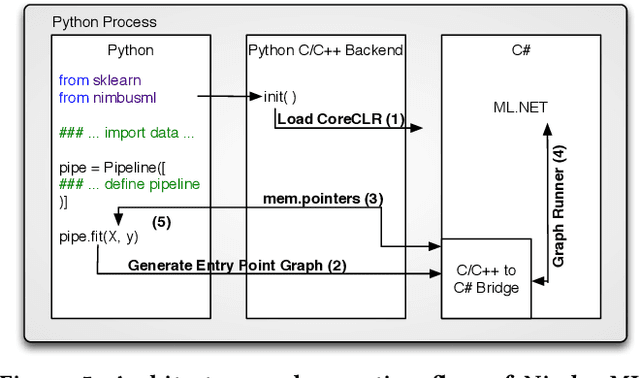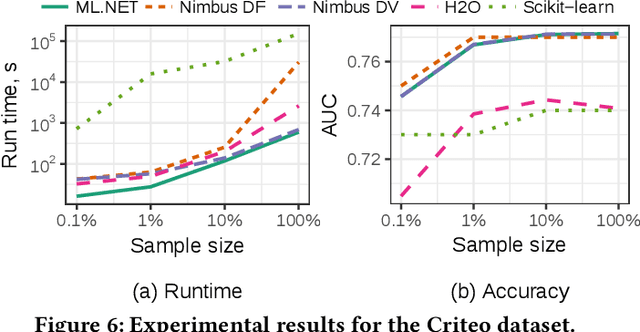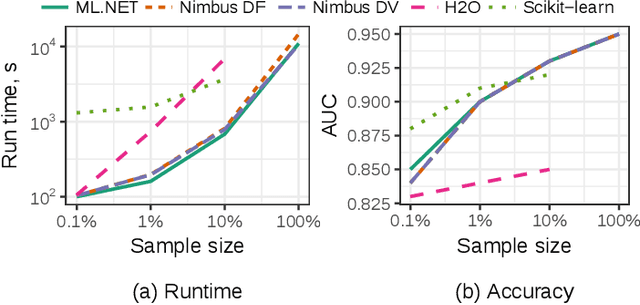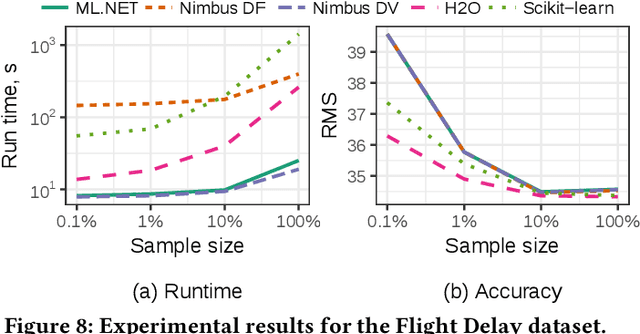Mikhail Bilenko
Microsoft Research
Machine Learning at Microsoft with ML .NET
May 15, 2019



Abstract:Machine Learning is transitioning from an art and science into a technology available to every developer. In the near future, every application on every platform will incorporate trained models to encode data-based decisions that would be impossible for developers to author. This presents a significant engineering challenge, since currently data science and modeling are largely decoupled from standard software development processes. This separation makes incorporating machine learning capabilities inside applications unnecessarily costly and difficult, and furthermore discourage developers from embracing ML in first place. In this paper we present ML .NET, a framework developed at Microsoft over the last decade in response to the challenge of making it easy to ship machine learning models in large software applications. We present its architecture, and illuminate the application demands that shaped it. Specifically, we introduce DataView, the core data abstraction of ML .NET which allows it to capture full predictive pipelines efficiently and consistently across training and inference lifecycles. We close the paper with a surprisingly favorable performance study of ML .NET compared to more recent entrants, and a discussion of some lessons learned.
Fast Prediction of New Feature Utility
Jun 18, 2012


Abstract:We study the new feature utility prediction problem: statistically testing whether adding a new feature to the data representation can improve predictive accuracy on a supervised learning task. In many applications, identifying new informative features is the primary pathway for improving performance. However, evaluating every potential feature by re-training the predictor with it can be costly. The paper describes an efficient, learner-independent technique for estimating new feature utility without re-training based on the current predictor's outputs. The method is obtained by deriving a connection between loss reduction potential and the new feature's correlation with the loss gradient of the current predictor. This leads to a simple yet powerful hypothesis testing procedure, for which we prove consistency. Our theoretical analysis is accompanied by empirical evaluation on standard benchmarks and a large-scale industrial dataset.
 Add to Chrome
Add to Chrome Add to Firefox
Add to Firefox Add to Edge
Add to Edge